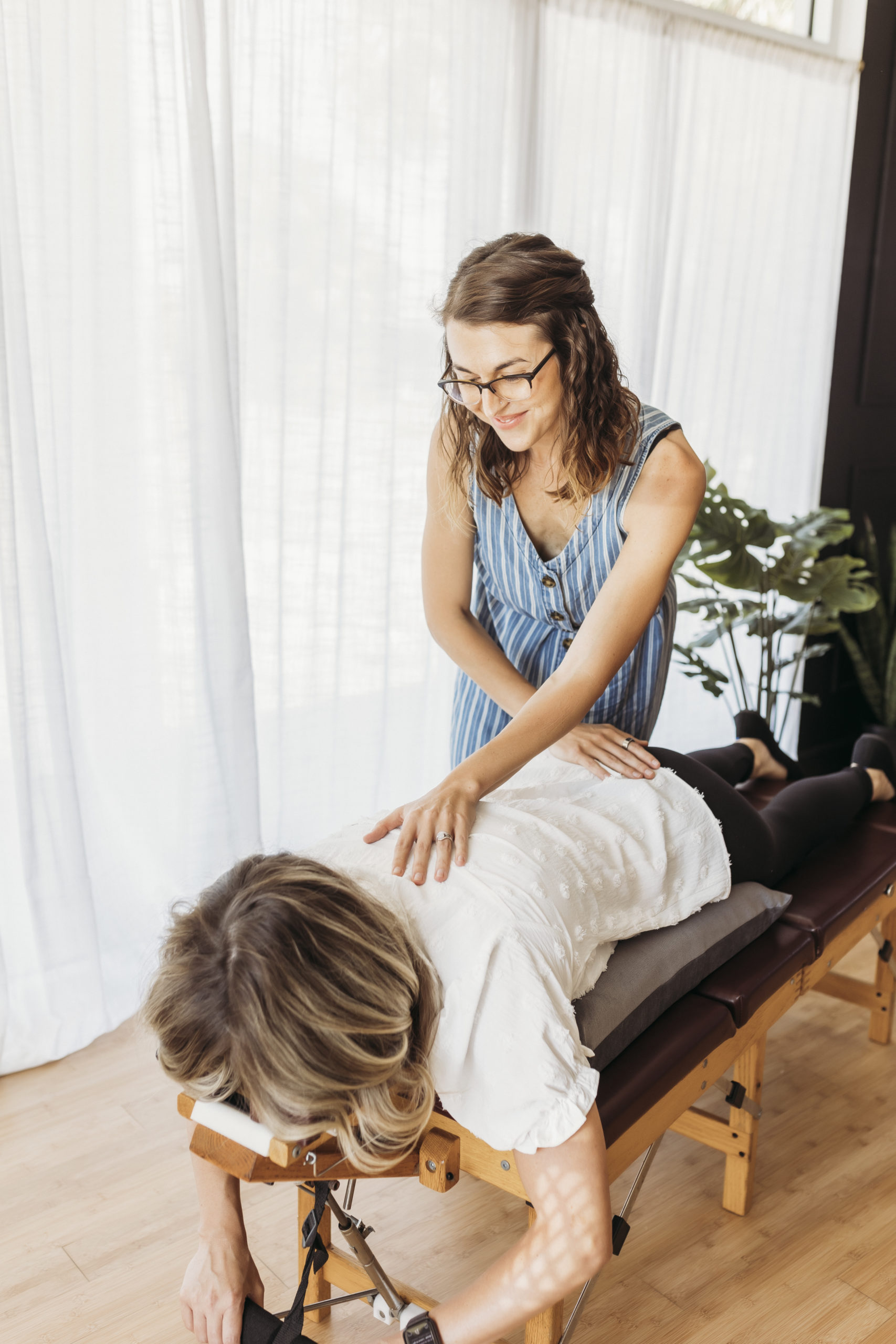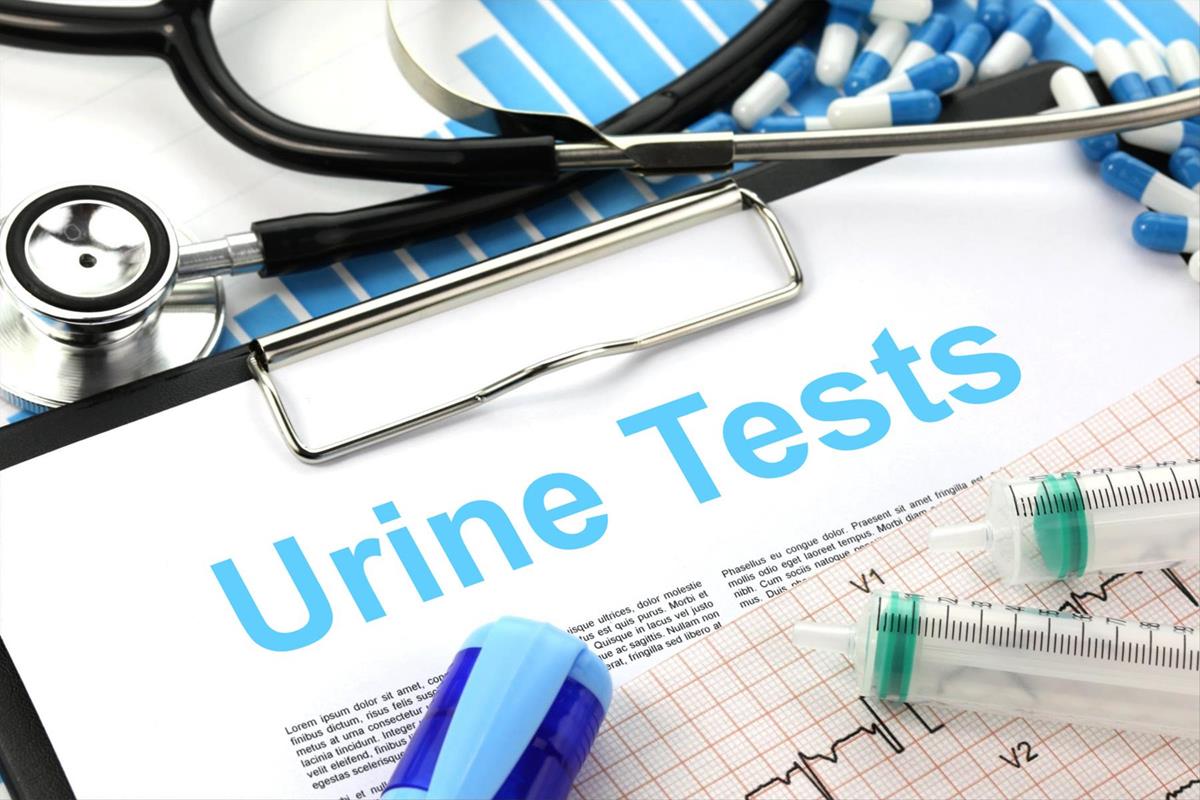TL;DR version
French Study Says Anti-Malaria Drug Could Stop COVID-19, FDA Loses Collective Mind And Buys it All
The French study, “Hydroxychloroquine and azithromycin as a treatment of COVID-19: results of an open-label non-randomized clinical trial,” is a good example of how sometimes the right answer is the simplest. As a Floridian who has not traveled to endemic malaria hot-spots, I have a difficult time spelling hydroxychloroquine, let alone saying it (as you’ll witness).
Here is what I’m good at: Numbers. They still matter. The authors stated in their paper that the numbers of patients they needed to make the results not due to chance was 48. They had 36. Of the original 26 in the treatment group, 3 were taken to the ICU and 1 died. That’s not likely going to get reported many places, because if we love one thing as a country, it’s a magic bullet to fix our problems.
That doesn’t take away from the fact that this drug may work. A wonderful, geek-tingle inducing 2005 study cited by one of this article’s references (I like digging) described the mechanism of action for chloroquine, hydroxychloroquine’s slightly more problematic cousin. The drug (I’m going to use a big word here) interferes with glycosylation of the ACE-2 receptor on the cell from the inside. Here’s why the big words are important.
Glycoslyation is the process I constantly talk about with the sugar-protein molecules that run the cells. They stick out like velcro and help cells communicate. This drug changes the locks to the door that COVID-19 uses, the ACE-2 receptor. Last week I discussed how the ACE-2 enzyme is naturally generated when the body has plenty of estrogen or Vitamin D. If hydroxychloroquine’s action is changing the lock, Vitamin D and estrogen’s action is blocking the door. There is, of course, ramifications to changing the locks. The enzyme that wants to get in the house can’t, and that enzyme is responsible for lowering blood pressure. Here’s where we get to the place where numbers matter again.
The average age for the patients who received the treatment is this study is well below the 65+ crowd, and certainly below the mid 70’s which represented the majority of deaths in Florida last week. My hope is that it’s safe for use in these people. The study doesn’t make a comment about that.
Will you stop taking Z packs already?
Here’s the other problem. Americans love taking antibiotics for things that don’t require antibiotics, like viruses. In this study, only 6 people on the hydroxychloroquine received the z pack because the doctors were worried about further bacterial infection. Yet I hear educated people parroting “Take both!” Gang, it was 6 people. SIX in an underpowered study, in a country with far better health outcomes, on the French Mediterranean where people are undoubtedly healthier. We’re already battling MRSA.
Some Hope
Florida Governor Ron Desantis, who has been really amazing during this in terms of listening to scientists and researchers for the most part, announced Monday that UF’s field study of 600 asymptomatic patients found ZERO with COVID-19. This could be huge. The boogeyman of the 65 year old Asian person creeping behind you in the grocery store with no cough but could be contagious! or the toddler with the messy hands going up to hug Grandma and might kill her! looks, at least in preliminary data, to be a phantom that vanishes when the lights go on. I will love to see a study of 2000, or 5000, asymptomatic people who aren’t over 60. But this was a smart start, opening free testing in a golf-cart community that is likely the most at-risk for being asymptomatic carriers.
My Concern
Our optimism borders on cockiness and recklessness. My fear here is that people are going to hear this news and think “Social distance this… they have a drug that will fix me.” I especially worry about my Millennial friends and family who came of age at a time when healthcare was inaccessible, so they never got in the habit of doing things like finding out if they had undiagnosed hypertension or were pre-diabetic. I’m worried for my friends in the Gig economy who don’t get out much, and my Lyft drivers who work nights and sleep during the day so their Vitamin D levels are as low as their cortisol is high. I’m worried they’re going to hear this good news and become at-risk.
So as a former overweight person (check the pics in the video if you don’t believe me) I’m asking you to picture who you want to be at the end of this. What new health behaviors are you going to adopt as a good offense? If the key to understanding how to protect your cells is glycosylation, why not pick up juicing or start taking Ambrotose? Why not try doing yoga every morning or read a book that teaches you something?
A Final Word to My Colleagues
What I’m seeing out of the American Chiropractic Association and World Chiropractic Foundation in terms of shutting down the conversation about chiropractic and immunity is very telling. I feel like I’m watching a kid who got picked on a lot at school become the kind of child who then goes on to take his frustrations out on his little sister. I want to tell that kid, Grow up. Stop judging yourself based on your past or people who don’t like you, and start focusing on making yourself better.
I get why you’re making statements challenging the voracity of the research on chiropractic and immunity; you’re afraid you’re going to be tarred with a brush by having some yahoo claim an adjustment cures COVID-19. Friends, there’s wacka-doos in every profession. You don’t need to discredit solid papers and chastise your own to prove that point. Your statements stand out against sound scientific decision-making, honestly. The two papers I’ve reviewed on COVID-19 and pregnancy consisted of 15 cases, yet are setting national policy on putting pregnant women in a risk category. The FDA just enacted legislation based on a study of 20, well really 6, people. The foundational paper for COVID-19 as a novel virus happened on a sample size of 3 people in Wuhan.
Pero’s paper tracking the effect of chiropractic on 100 patients over 5 years shouldn’t be dismissed; it’s the kind of study that should be replicated.
References
American Chiropractic Association. Let’s Work Together to Protect and Serve Our Patients, Staff, Families and Communities. ACA Today: ACA Blogs 30 Mar 2020. Published Online.
Braun, M Deluca, D Lee has second-highest mortality rate among Florida counties with 100-plus COVID-19 cases. News-Press 29 March 2020 Published online.
Byrnes, J. Early Results: Coronavirus Tests Find No Asymptomatic Cases In The Villages WUSF Public Media 29 March 2020. Published Online.
Chen, H. et al. Clinical characteristics and intrauterine vertical transmission potential of COVID-19 infection in nine pregnant women: a retrospective review of medical records. The Lancet 395 (10226) P809-815, March 07, 2020. https://doi.org/10.1016/S0140-6736(20)30360-3
Gautret, P et al. Hydroxychloroquine and azithromycin as a treatment of COVID-19: results of an open-label non-randomized clinical trial. Int J of Antimicrobial Agents, Pre-Proof Available online 20 March 2020. https://doi.org/10.1016/j.ijantimicag.2020.105949
Noack, R et al. Live updates: White House task force projects 100,000 to 240,000 deaths in U.S., even with mitigation efforts. Washington Post 31 March, 2020 Published Online.
Pero R. “Medical Researcher Excited By CBSRF Project Results.” The Chiropractic Journal, August 1989; 32.
Vincent, M.J., Bergeron, E., Benjannet, S. et al. Chloroquine is a potent inhibitor of SARS coronavirus infection and spread. Virol J2, 69 (2005). https://doi.org/10.1186/1743-422X-2-69
World Federation of Chiropractic. Coronavirus Disease 2019 (COVID-19): Advice for Chiropractors 17 Mar 2020. Published online.
Zeng H, Xu C, Fan J, et al. Antibodies in Infants Born to Mothers With COVID-19 Pneumonia. JAMA. Published online March 26, 2020. doi:10.1001/jama.2020.4861
Zhu N. et al (2020). A Novel Coronavirus from Patients with Pneumonia in China, 2019. N Engl J Med 2020; 382:727-733 DOI: 10.1056/NEJMoa2001017





